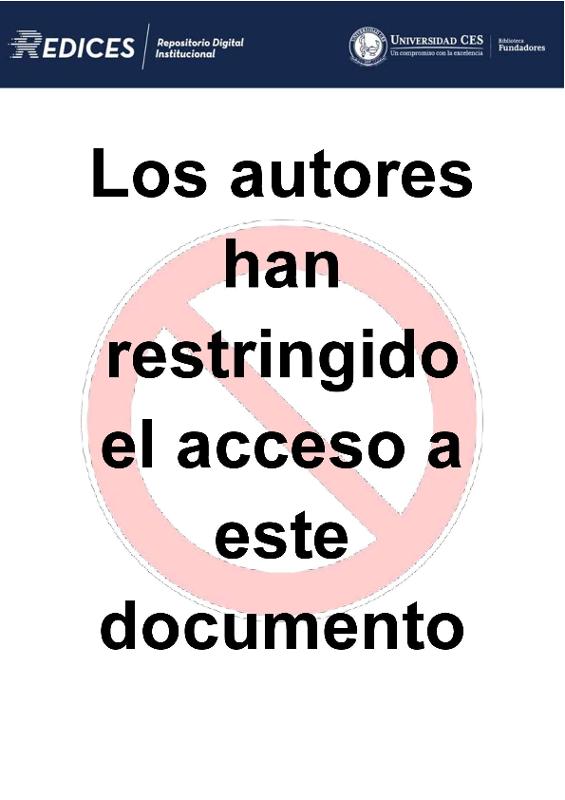Mostrar el registro sencillo del ítem
Cortical- Dual Force Distalizer: A new anchorage device for the distalization of upper molars.
| dc.contributor.author | Henao Muñoz, Juan Esteban | |
| dc.contributor.author | Oberti Echandia, Giovanni | |
| dc.contributor.author | Sierra Ángel, Ángela María | |
| dc.contributor.author | Rey Mora, Diego | |
| dc.contributor.author | Villegas Bateman, Carlos | |
| dc.date.accessioned | 2018-03-22T17:24:52Z | |
| dc.date.available | 2018-03-22T17:24:52Z | |
| dc.date.issued | 2011 | |
| dc.identifier.uri | http://hdl.handle.net/10946/762 | |
| dc.description.abstract | Extra oral traction has been one of the most used devices to distalize molars However, due to the need for cooperation and the lack of acceptability by the patients because of the psychosocial implications, a series of intraoral devices such as Niticoils, Magnets, the Distal Jet, the First Class, the Jones Jig and the Pendulum among others, have been introduced; one the fundamental characteristics of these appliances is the fact that they are tooth supported, which implies that the distalization force applied generates a reaction force exerted on the anterior teeth producing mesialization, loss of anchorage and a marked inclination of maxillary molars; besides, once distalization is obtained, an additional appliance is required as a space maintainer. | spa |
| dc.language.iso | en | spa |
| dc.publisher | Universidad CES | spa |
| dc.subject | Anclaje - ortodoncia | spa |
| dc.subject | Biomecánica dental | spa |
| dc.subject | Facultad de odontología - postgrado - ortodoncia | spa |
| dc.subject | Odontología | spa |
| dc.title | Cortical- Dual Force Distalizer: A new anchorage device for the distalization of upper molars. | spa |
| dc.type | Article | spa |
| dc.rights.license | Restringido | spa |



